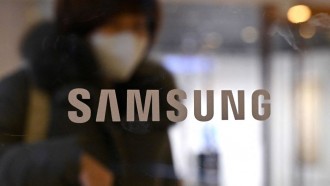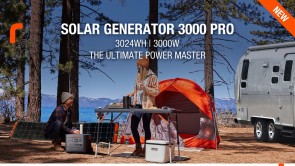A colorless and odorless danger lurks around homes – two separate carbon monoxide leaks were reported, leading to the hospitalization of at least 18 people.
傅在维拉公园,芝加哥,一个安装不当rnace is blamed for a carbon monoxide leak at a single-family home, affecting 11 individuals on Sunday. Officials said that the gas leaked at dangerous levels from a furnace in the basement.
The CO level,accordingto Fire Chief Ronald Rakosnik, was a lethal 1,000 parts per million (ppm), while the level at the house entrance was 300 ppm – enough to cause dizziness, nausea, and headaches.
The 11 victims rushed to the hospitals ranged from ages 6 to 61, and Rakosnik advised them against returning to their houses until an established company inspects and repairs the furnace believed to be improperly installed.
In a separate incident the following day, two families in a home along Grand Avenue in Vernon were alsosentto the hospital after being exposed to a similar substance. At approximately 5:30 a.m. Monday, firefighters received reports of CO exposure in the house.
Three adults and four children were brought to the hospital and one adult found to be unresponsive. Next-door neighbor Jennifer Shivers and her four other children were evaluated next door, but they did not appear to experience the same negative effects.
The furnace was again pinpointed as the potential culprit, registering eight times the acceptable levels of carbon monoxide.
The two affected homes in Chicago and Vernon were not equipped with a carbon monoxide detector. The device is similar to a smoke detector and is recommended by authorities to be installed on every living space and outside sleeping areas.
Safety measures arepromotedas the temperature has started to dip, with broken furnaces and water heaters emerging as a common reason for poisoning.
Dr. Eden Wells of the Michigan Department of Health and Human Services (MDHHS) said that while carbon monoxide is hard to detect, CO poisoning is “completely preventable.”
Upon suspicion of gas exposure, the expert recommended leaving the area immediately and seeking medical care.
MDHHS provided the following carbon monoxide safety precautions:
- Avoid using generators, grills, camp stoves or other fuel-burning devices inside your home, basement or garage
- If using a generator, place it outside at least 25 feet away from your home
- Park your car outside – never in the garage – while it is warming up
- Avoid running a car in an enclosed garage, as this can create deadly levels of carbon monoxide in minutes
Photo: Justin Baeder |Flickr













